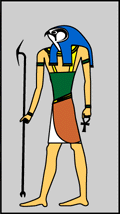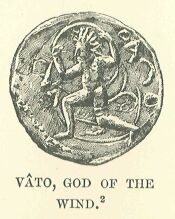The author of this novel stresses the importance of the human spirit and it’s ability to survive through Silver. Silver truly had a strong spirit and that is what made her survive the cruel life that she was forced into. Silver would not have been able to make it through her mother’s crack addiction, prostitution, and death with out her strong will. Her mother Jesse fell into the this false reality of life and didn’t have a strong enough spirit to handle it so she made sure that her daughter would not do the same thing that she did and that her daughter would have a strong enough spirit to endure life and what was given to her. Jesse said to silver, “if you don’t stand for something, you’ll fall for anything.”(Treasure E. Blue p. xvii {17}) and Silver made sure that she stood for something whether it is strength and endurance or determination and love but she stood for some thing so that she wouldn’t fall for anybody or anything.
Treasure E. Blue uses these characters to symbolize true struggles that real people go through everyday. Jesse’s death was symbolic for silver as in a new beginning but one could have interpreted other wise. Some people would have gone down the wrong path going through the things that silver went through but instead she uses it as determination to better herself. Throughout the novel Jesse would make Silver say the ‘laws of the universe’ before she would go to school. Jesse would say to Silver “why are you in school?” And silver would reply, “to prepare to be anything that I want to be.” Then Jesse would continue on to say, “and what is it that you want to become?” Silver wanted to be doctor. Jesse the said “ is it going to be easy?” and silver would reply, “No it’s going to be extremely hard and challenging.” Jesse would continue on to say, “ and why do you expect it to be hard?” Silver would respond, “Because if you expect thing to be hard, everything will eventually become easy.” (Treasure E. Blue {p. 31-31}). These ‘laws’ would just enforce the fact that life will not be easy and Jesse wanted to make sure that Silver knew that because Jesse knew first hand that life would not be easy and wanted to make sure that Silver didn’t fall into the same trap she did.
Throughout the novel there were many conflicts such as man vs. man, Man vs. self, man vs. nature. Jesse was and example of man vs. man because she had many issue within herself that she had to deal with like her drug addiction and her life as a prostitute. Silver was an example of man vs. nature because she was born into dysfunction and the environment played a key role as to the person she turned out to be. Jesse was also an example of man vs. man because of the fact that her mother despised her and everything that she stood for.
The novel Harlem Girl Lost displayed a theme of determination and survival in situations that a young girl went through that most people wouldn’t be able to endure. Treasure E. Blue definitely incorporated real life situations and circumstances in his story. There are many messages in the story about survival and endurance and having the will and the spirit to handle what life has given you no matter how difficult it is. The author reflected real life situations through this family because these are some of the thing that children and families go through everyday. Treasure E blue portray his perception of the world through this novel which goes back to Alfred North Whitehead’s quote, “It is in literature that the concrete outlook on humanity receives its expression.”
Bibliography:
Harlem Girl Lost Treasure E. Blue









